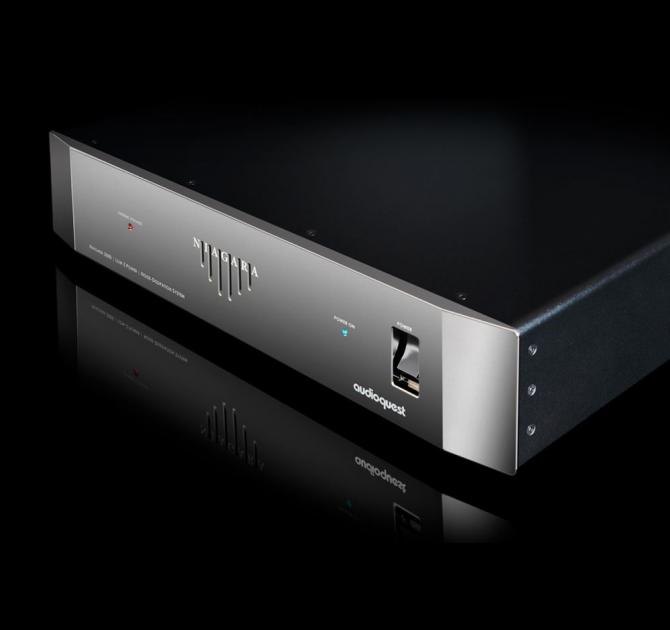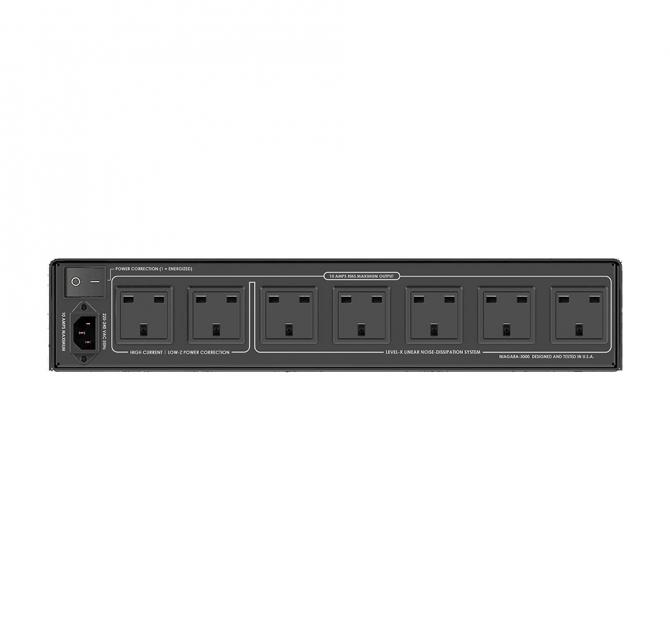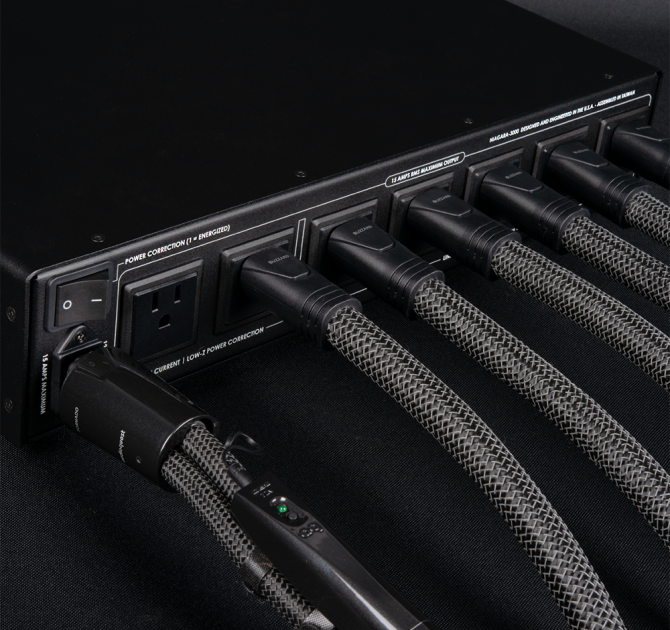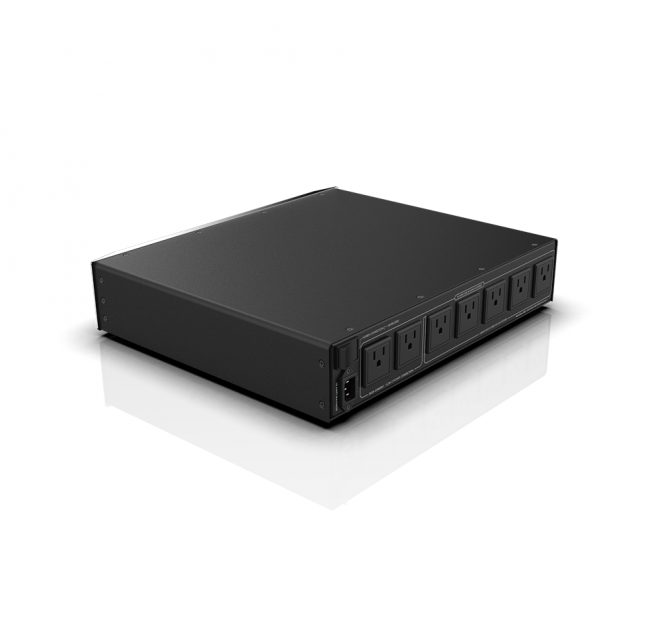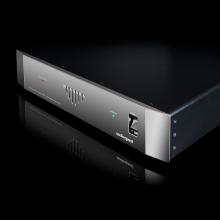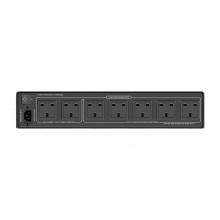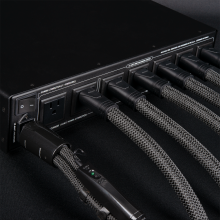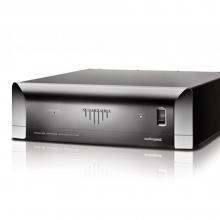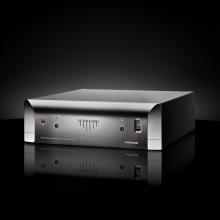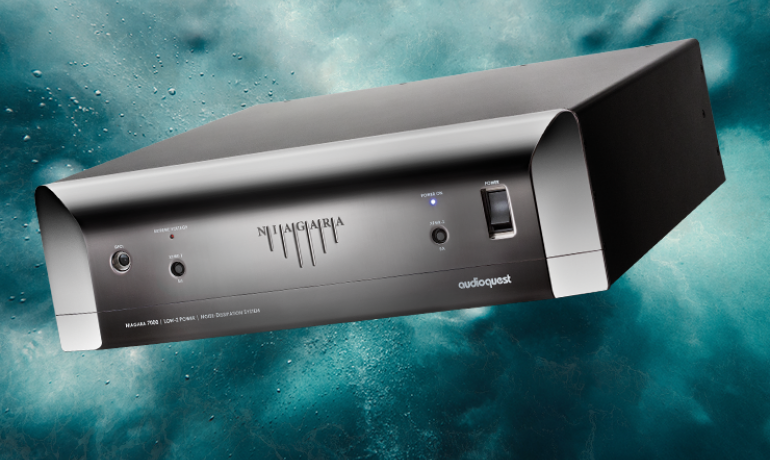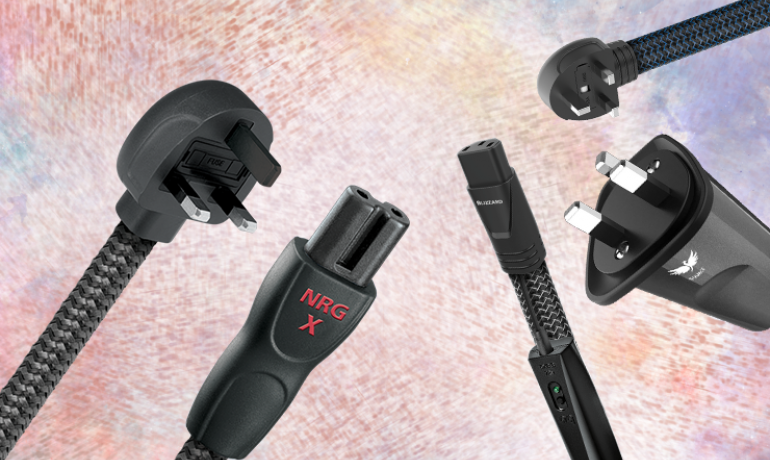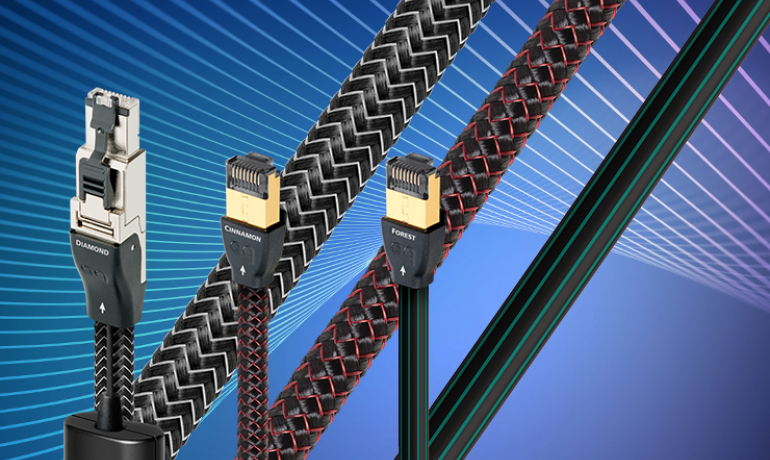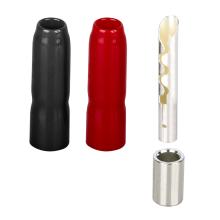AudioQuest Niagara 3000 Power Conditioner
The science of AC power delivery is not a simple one; it demands focus, and the devil is in the details. In fact, the great increase in airborne and AC-line-transmitted radio signals, combined with overtaxed utility lines and the ever-increasing demands from high-definition audio/video components, has rendered our utilities’ AC power a somewhat antiquated technology.
Where Alternating Current (AC) is concerned, we’re relying on a century-old technology created for incandescent lights and electric motors—technology that was certainly never meant to power the sophisticated analog and digital circuits used in today’s premium audio/video systems. To properly accommodate the promise of today’s ever-increasing bandwidth and dynamic range, we must achieve extraordinarily low noise across a very wide range of frequencies.

Further, today’s power amplifiers are being taxed for instantaneous peak-current demand, even when they’re driven at modest volumes. Although AudioQuest have seen a substantial increase in dynamics from much of their audio software, the loudspeakers they employ to reproduce them are often no more efficient than they were two to four decades ago. This places great demands on an amplifier’s power supply, as well as the source AC power supplying it.
Our systems’ sensitive components need better alternating current—a fact that has resulted in a host of AC power conditioning, isolation transformer, regeneration amplifier, and battery back-up system topologies. Through differential sample tests and spectrum analysis, it can be proven that up to a third of a high-resolution (low-level) audio signal can be lost, masked, or highly distorted by the vast levels of noise riding along the AC power lines that feed our components. This noise couples into the signal circuitry as current noise and through AC ground, permanently distorting and/or masking the source signal.
Given that the stakes are so high, all sincere attempts to solve this problem must be applauded.
Once the audio/video signal is gone, it’s gone forever…
For AudioQuest, honoring the source is never a matter of simply using premium “audiophile-grade parts” or relying on a proprietary technology—common approaches within our community. For years, we have all been witness to the same, seemingly endless audiophile debates: valves versus transistors; analog versus digital; can cables really make a difference?; and on and on. While AudioQuest, too, can brag about their many unique technologies, they realise that true audio/video optimisation is never a matter of any one secret or exotic circuit. When it comes to noise filtering for AC power, many approaches can yield meaningful results. However, these approaches may also impart ringing, current compression, and non-linear distortions that can render the cure worse than the disease!
The Niagara 3000 features AudioQuest's patented AC Ground-Noise Dissipation, the widest bandwidth-linearised AC filter in the industry, and a unique passive/active Transient Power Correction Circuit. Boasting an instantaneous current reservoir of over 55 amps peak, the Niagara 3000 is specifically designed for today’s current-starved power amplifiers. Many AC power products featuring “high-current outlets” merely minimise current compression; the Niagara 3000 corrects it.
Though it’s easy to tout a given technology, it’s quite another thing to create a solution that is consistent, holistic, functional, and that honors verifiable science. It’s not enough to reduce AC line noise and its associated distortions at just one octave, thus leaving vulnerable the adjacent octaves and octave partials to noise, resonant peaking, or insufficient noise reduction. Consistency is key. We should never accept superior resolution in one octave, only to suffer from masking effects a half-octave away and ringing artifacts two octaves from there. This is the principal criterion for AudioQuest’s Low-Z Power Noise-Dissipation System.
The Niagara 3000 represents over 20 years of exhaustive research and proven AC power products designed for audiophiles, broadcast engineers, and professional-audio applications. Every conceivable detail has been addressed: In the Niagara 3000, you’ll find optimised radio-frequency lead directionality, capacitor run-in forming technologies developed by Jet Propulsion Laboratories and NASA, and AC inlet and outlet contacts with heavy silver plating over extreme-purity copper, assuring the tightest grip possible.
A great system is built from a solid foundation, and that foundation starts with power. With an AudioQuest Niagara 3000, you’ll experience for the first time the clarity, dimensionality, frequency extension, dynamic contrast, and grip your system has always been capable of delivering—if only the power had been right!
AudioQuest welcome you to experience the Niagara 3000 and hear firsthand the remarkable results of highly optimised power management: startlingly deep silences, stunning dynamic freedom, outstanding retrieval of ambience cues, and gorgeous delineation of instruments and musicians in space. Once you’ve experienced it, it may seem so elegant, so logical, and so obvious that you find yourself wondering why it hadn’t been done before.
- Transient Power Correction: 55 amps peak. Provides a current reservoir for any power amplifier (up to 25mS)
- Level-X Linear Noise-Dissipation Technology: More than 21 octaves differential-mode filtering (10kHz–1GHz in excess of 24dB reduction) with linear response, optimised for varying line and load impedance
- Patented Ground-Noise Dissipation (All outlets): 3 banks of direction-controlled ground-noise dissipation
- Non-Sacrificial Surge Protection: Withstands multiple AC surges and spikes up to 6000V/3000A without sustaining damage—sonically non-invasive
- Maximum RMS Input Current: 15 Amps (RMS)
- Outlets: Source (5); High-Current (2)
- Dimensions: 17.5" W x 3.45" H x 15.2" D (2-RU Rack Mount Kit included)
- Weight: 25 lbs.
